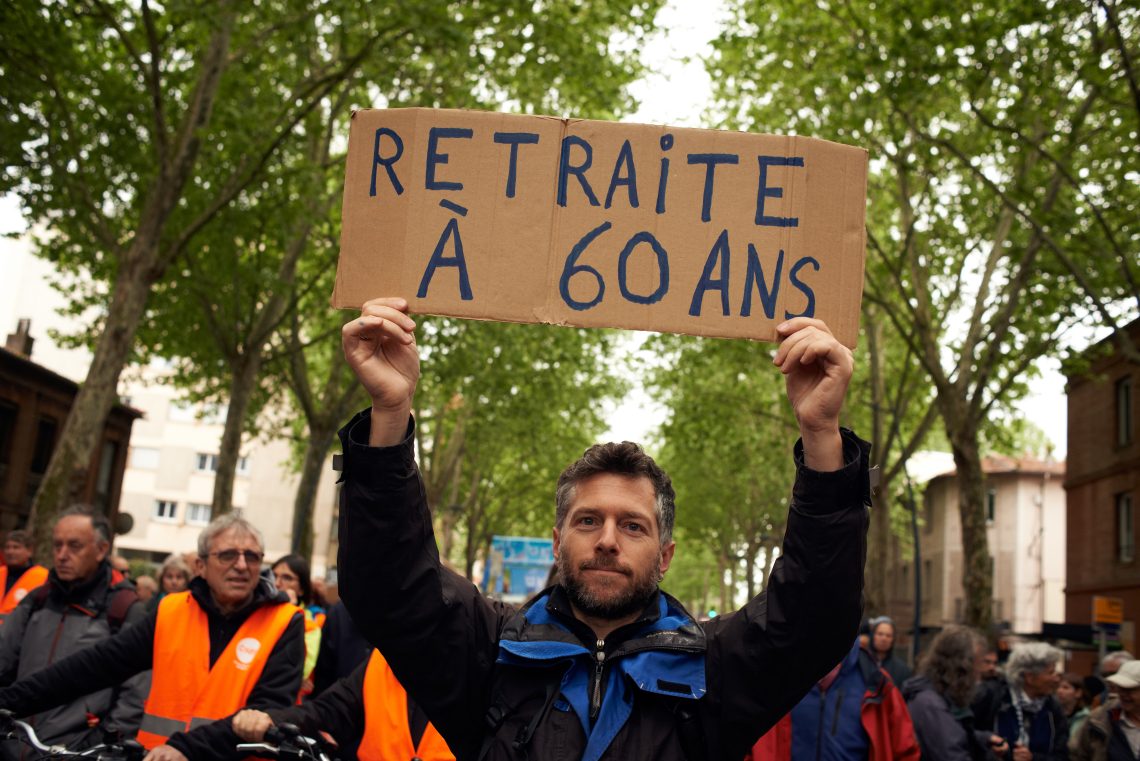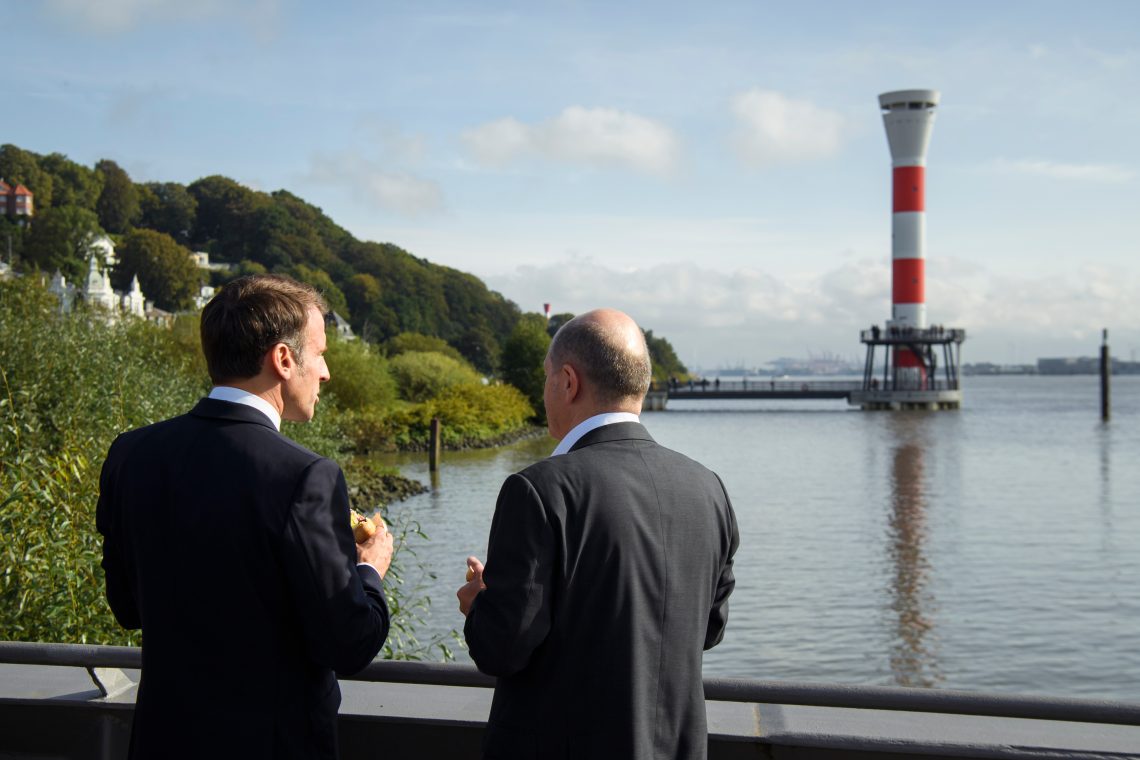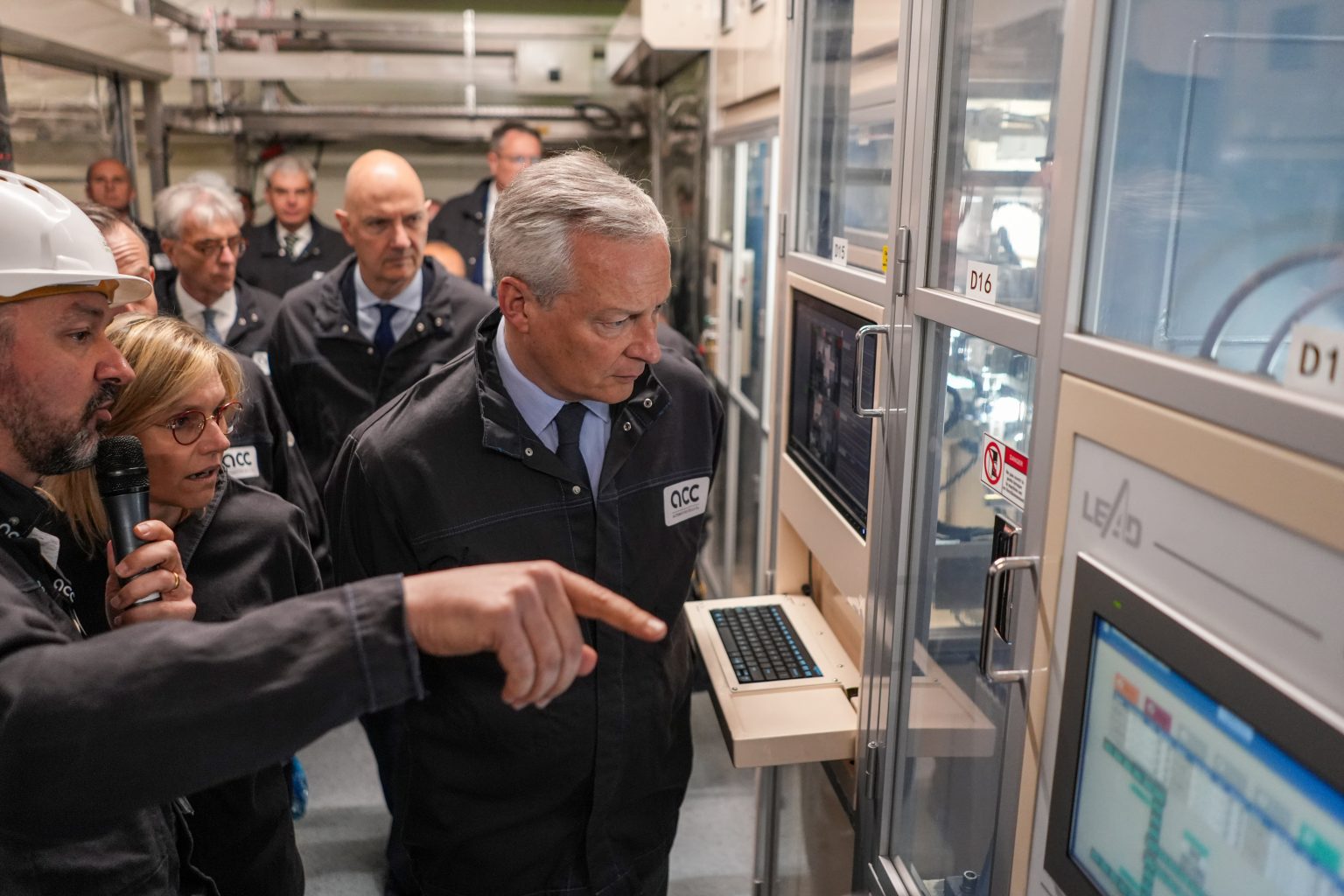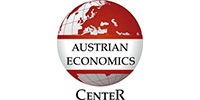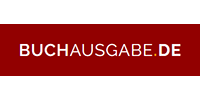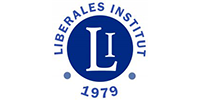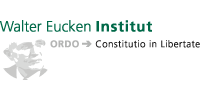The prospects of an EU war economy
Over three years since Russia’s full-scale invasion of Ukraine, discussions on a European war economy to counter Russian expansionism have not yet materialized into accepted policy. Washington’s recent shift on Ukraine, NATO and America’s role as a global policeman has made the need for decisive action even more urgent, prompting new, bolder defense measures by the European Union. These plans, however, face major obstacles.
Building a European war economy
United States President Donald Trump has pressured NATO members to increase their military spending to 5 percent of their gross domestic product (GDP), far above the current NATO-mandated 2 percent – an obligation that many European nations have yet to meet. In 2024, 22 of NATO’s 32 member states are projected to have met or surpassed the 2 percent goal. Mr. Trump has also threatened to reduce military support in Europe and indicated his intentions to scale down the presence of U.S. troops on the continent. Furthermore, he is seeking a rapprochement with Russian President Vladimir Putin to bring an end to the war in Ukraine by offering business deals. Consequently, Europeans have urgently recognized the need to overhaul their security.
Post-Cold War Europe, based on the assumption of lasting peace and American safety net, has come to an end. Freedom is not free, as the saying goes, and the idea of a European war economy has thus, more than ever, gained traction, along with the idea of strategic autonomy – defined by the European Council in 2016 as the “capacity to act autonomously when and where necessary and with partners wherever possible.”
There is a difference between the allied war economy seen during World War II and Europe’s vision today. After Pearl Harbor was attacked in 1941 and the U.S. was directly drawn into the war, U.S. national defense spending exceeded 40 percent of its GDP and allocation of resources was centralized toward the war effort. This included strict price controls, requisitions and ration cards. Today, in contrast, no NATO countries have (yet) been directly attacked and allied countries have only recently agreed to new spending and capability targets.
Funding is a crucial obstacle to ramping up defense capabilities, not only to increase the production of military equipment, but also to cover the costs of personnel, organizational systems and premises.
At the upcoming NATO summit in The Hague, the alliance is set to agree that member states will dedicate 3.5 percent of their GDP to direct military expenditure (roughly comparable to current U.S. levels), but without the centralized control of resources. An additional 1.5 percent will be allocated to related investments, including infrastructure and cyber defense. This effort would focus on developing Europe’s industrial base for defense. However, even this modest version of a war economy raises issues.
Challenges to a collective EU defense
Funding is a crucial obstacle to ramping up defense capabilities, not only to increase the production of military equipment, but also to cover the costs of personnel, organizational systems and premises. In March, European Commission President Ursula von der Leyen unveiled a ReArm Europe plan of 800 billion euros meant to beef up military capabilities. This includes 150 billion euros in loans, which would be financed through debt issuance by the commission, for military purchases from European arms manufacturers. The remainder of the funding is expected to come from member states, who would benefit from relaxed EU deficit rules regarding defense expenditure.
Governments in some countries, such as France, have proposed mobilizing private savings to fund military-industrial investment. The European Investment Bank’s role would be increased. While these announcements may create the impression that funding issues are resolved, in debt- and deficit-laden Europe, the reality is more complex.
Production challenges are also a significant concern, especially since Europe currently relies heavily on U.S. equipment. For instance, the Lockheed Martin F-35 stealth fighter jet does not have an EU competitor, while essential tools of the alliance, such as air-to-air refueling tankers and satellite reconnaissance capabilities, are predominantly American-made. Efforts to rebuild European domestic military-industrial production often encounter obstacles, particularly due to shortages of skilled workers such as millers, welders and fitters.
As with other aspects of reindustrialization, issues arise concerning the cost of energy, availability of components, rare metals and so on. An independent European industrial-defense supply chain means massive, coordinated investments that require years to materialize. There is growing concern that Russia might invade the Baltics or Moldova before these initiatives come to fruition.
EU centripetal forces
The unique structure and history of the EU can make overcoming traditional obstacles more challenging. One clear issue is the varying perceptions of the Russia threat. Countries closer to Russia, like Poland, Finland and the Baltic states, prioritize robust defense measures due to geographical proximity and historical conflicts, while others further to the west, such as Spain, may view the threat as less immediate. This disparity can lead to uneven contributions to a collective war economy, and, if some nations feel their security concerns are overlooked, it risks fostering resentment and tensions within the bloc.
Compounding this, southern member states often prioritize migration-related security challenges or the protection of trade routes, each facing different terrorist threats that demand tailored strategies.
EU member states also display differing attitudes toward Atlanticism, from pro-U.S. Poland to “strategy-autonomists” like France. Meanwhile, some leaders, such as Hungary’s Prime Minister Viktor Orban, openly express pro-Kremlin sentiments. These varying positions make reaching a consensus difficult. The growing influence of nationalism, pro-Russian and anti-EU movements within populations further muddies the waters.
Overcoming technical hurdles
Operational coordination presents equally daunting challenges, both in industrial and military domains. Centralizing defense production raises logistical complexities and could spark competition among member states over the location of industrial operations. Such rivalries risk escalating into political disputes that weaken collective defense efforts.
Similarly, the fragmented nature of European militaries hinders unified action. Unlike NATO’s U.S.-led command structure, EU armies operate with diverse languages, military traditions and equipment, as evidenced by the roughly 20 different types of battle tanks in use across the EU.
The prospect of a single, supranational European army seems elusive. Using the nuclear deterrence provided by France and the United Kingdom as a pan-European defense umbrella raises complex questions, such as how these countries would need to modify their nuclear doctrines to defend other European states, as well as investment in equipment like more efficient vectors (a type of plane or missile that carries a nuclear bomb).
Cultivating a shared European spirit
A patriotic European spirit is essential for sustaining a war economy. Since the fall of the Berlin Wall, the peace dividend – economic growth, global cooperation and stability from reduced superpower tensions – along with societal changes, have shaped attitudes to be less inclined toward conflict. Compulsory military service has been abolished in many EU countries, and younger generations may not support its return.
Moreover, the rise of radical individualism and a consumer-focused society has weakened collective responsibility for the common good and the res publica. This phenomenon may be less pronounced in Europe’s east, where concerns about Russian influence persist. Although Ukraine is part of Europe, the response from younger Europeans to the Russian invasion has been relatively muted compared to, say, students’ demonstrations against Israel’s bombing of Gaza.
This brings up the question of European versus national patriotism. Initiatives like Together for Europe and other attempts to unite the “European people” go beyond a purely technocratic and economic project. However, since the EU is not a nation, creating a genuine sense of European patriotism may be difficult. Typically, patriotism aligns closely with state nationalism, and those in Europe who identify as “national patriots” often harbor anti-Brussels sentiments, and, in some cases, even pro-Russian views.
Ethnic fragmentation has led to divergent perspectives, as some segments of Muslim communities on the continent may align with Russia due to their perception of global geopolitics, where Western nations have supported Israel and the U.S.’s perceived “unjust” wars in the Middle East. Some see themselves as belonging in spirit to the Global Majority in the multipolar world project. Like the French communists during the Ribbentrop-Molotov Pact in World War II, mobilizing these communities in Europe will be difficult.
Navigating the American veto
Since the 1990s, the U.S. has generally used its effective veto power to block the EU’s defense ambitions. This may seem counterintuitive and paradoxical, as President Trump and Vice President JD Vance have criticized the EU’s lack of defense efforts. However, the U.S. has traditionally been wary of European defense autonomy, at least since France developed its nuclear bomb in the mid-1950s.
In 1998, then U.S. Secretary of State Madeleine Albright cautioned European leaders in favor of a European common defense of the three D’s: no discrimination against non-EU NATO members; no duplication of NATO functions within the EU’s defense framework; and no decoupling of Europe from the alliance, meaning from the U.S. The European Security and Defense Policy pushed by the French and British triggered the same clear warnings in 2000 from Washington, threatening the end of NATO.
Following these initiatives, NATO increased the degree of specialized fragmentation among the national armies within the alliance, except the U.S., effectively making NATO members U.S.-dependent. Realists might argue that America is already dealing with two other superpowers, Russia and China, and thus has no desire to allow a third potential rival to rise, no matter how friendly the original relationship was. Ultimately, the U.S. aims to remain firmly in the driver’s seat in the West.
European NATO countries buy a substantial portion of their defense equipment from U.S. companies, averaging around two-thirds. However, the 150 billion-euro loan from the European rearmament plan would include a “Buy European” clause, basically excluding non-EU weapons makers, such as those in the U.S., UK or Turkey. Officials in Washington were quick to voice their discontent over this issue. American companies like Lockheed Martin or General Dynamics would not want to lose their market share or, above all, see a competing “defense complex” emerge across the Atlantic. By preventing the development of an independent EU defense sector, these firms can ensure a steady stream of business. It is likely that behind-the-scenes lobbying is already in full swing to address these concerns.
Potential democratic imbalances
When leaving office in 1961, President Dwight Eisenhower famously warned Americans of the potential dangers to democracy of a “military-industrial complex.” His prediction quickly materialized in “forever wars,” because of the structure of U.S. democracy and its election system, in which lobbying often proves powerful.
Economist Robert Higgs’ concept of the ratchet effect adds to this concern. According to this idea, government size and spending never fully revert to their pre-crisis levels after a crisis occurs. This is due to various factors, such as the persistence of established bureaucracies, mission creep and the connections between bureaucrats and lobbies that rely on public funds, like weapons manufacturers.
The urgent increase in military spending comes at a difficult time for Europe, especially given the fiscal crises facing various countries.
There is a risk of reduced transparency and accountability, particularly due to the “secret defense” nature of this spending. This often leads to a sense of infantilization from the elite and gradually erodes the rule of law. Such dynamics further deepen the divide between the elite and the general population, which, in turn, fuels social tensions.
Balancing fiscal strategies
The urgent increase in military spending comes at a difficult time for Europe, especially given the fiscal crises facing various countries. While the rearming effort could have positive or negative implications for fiscal reform, it will also impact its overall effectiveness.
In times of emergency, urgent military spending can be used to justify cuts to other budget items, leading to subtle – or not so subtle – reform in areas like bureaucracy and pensions. While this approach might be utilized to advocate for improved governance, it can also spark social frustrations due to decreased public spending, potentially causing instability. Therefore, it is crucial to foster a sense of patriotism among the people.
It could also serve as a pretext not to reform. Already, the new “escape clause” allows defense spending to be excluded from the deficit calculations under European fiscal rules, which cap deficits at 3 percent of GDP. While countries such as Germany may approach this issue seriously, there are concerns in countries like France that it could encourage a lack of reform. Given the current debt costs, this could spell trouble, particularly if the initiative fails.
Some rely on the Keynesian fiscal multiplier effect of defense spending to stimulate economic growth. However, this effect is usually limited, given the nature of the sectors involved. Currently, there are supply-side tensions within the defense industry, which could adversely affect the consumer goods sector. Moreover, any tax increases aimed at funding these investments would likely negate the intended stimulus effect.
As former German Finance Minister Christian Lindner once said about defense, “It is an investment in our freedom.” But will it succeed?
Scenarios
Least likely: The EU achieves a centralized defense economy
The EU defense project could succeed in six to seven years. It would be based on strong cooperation and coordination within the bloc, with a high degree of centralization and strategic autonomy. The weakening of the U.S. in its geopolitical rivalry with China and with Russia’s increasing threats could serve as catalysts. This would lead to a reshuffling of NATO.
Somewhat likely: The war economy fails to materialize
The entire project could fail, even in the long run, and this would result in a significant decrease in Europe’s geopolitical and economic importance. Issues related to coordination and excessive bureaucracy might contribute, along with possible interventions from either Russia or the U.S.
Also somewhat likely: The EU pursues an independent path, reshaping NATO
The EU emancipates itself despite attempts by both the U.S. and Russia to undermine its efforts. This would happen not through a strong central authority, but rather through individual national initiatives that, while somewhat coordinated, emphasize autonomy. This shift could also prompt a reshuffling of NATO.
Most likely: The EU boosts military spending
The EU would gradually increase its defense spending without fully realizing its strategic autonomy initiative at the bloc level. While tensions with the U.S. ease to a certain extent, the alliance would return to a more traditional balance, although with a more assertive stance from the EU.
This report was originally published here: https://www.gisreportsonline.com/r/eu-war-economy/

